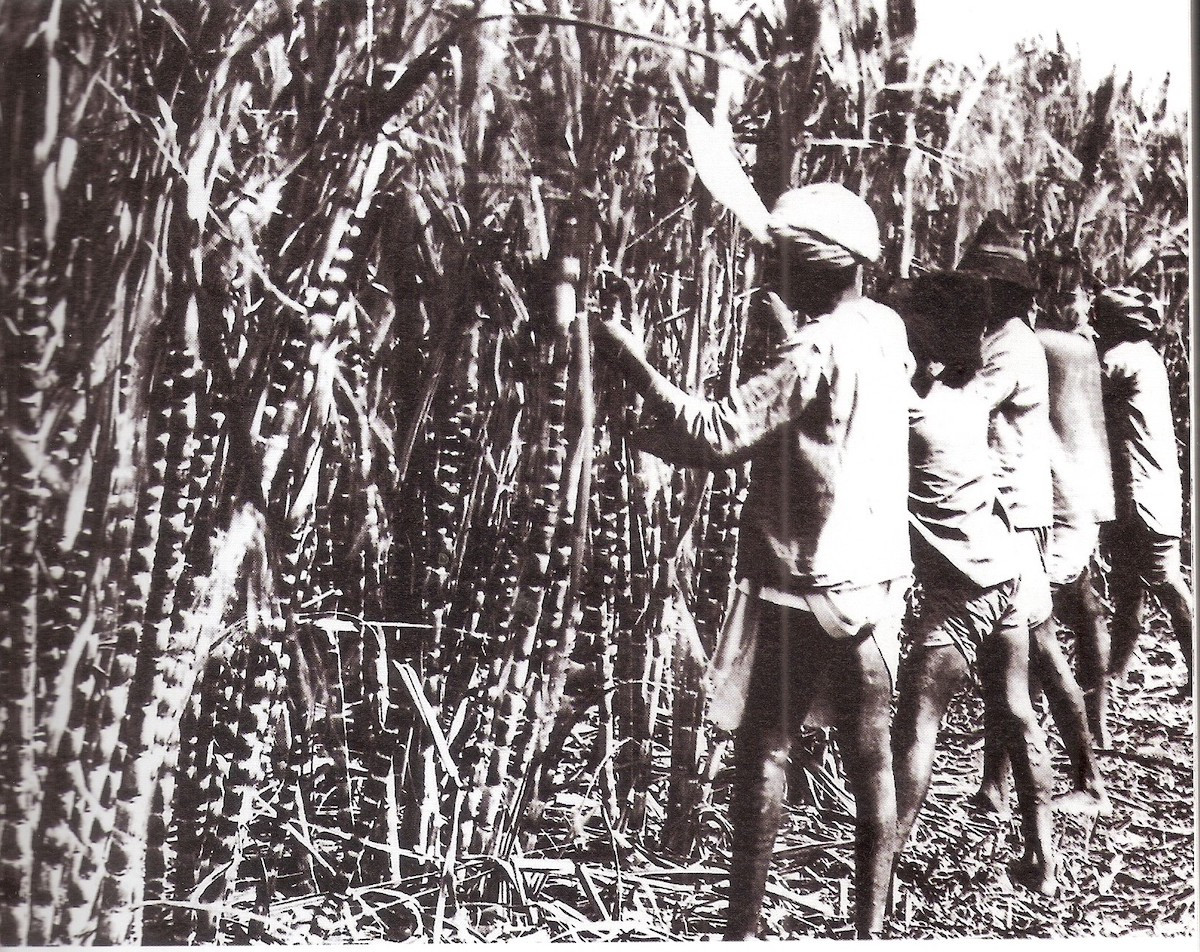Culture & History
Smaran — remembering the journey of the girmityas and the heritage they carried across oceans.
Remembering the journey
This is the cultural heart of Ghirmitya. Here we honour the girmityas — the indentured labourers who crossed the Kala Pani under contract and built new lives on distant shores. They travelled with almost nothing, yet carried with them stories, melodies, rituals and a way of seeing the world.
In wooden trunks and cloth bundles they packed a few objects: a tattered Ramayana, a small murti, a string of beads, a lota, a handful of seeds. Much of what they carried could not be weighed — languages, folk songs, village customs, the rhythm of aarti and the discipline of daily prayer.
The Culture & History section brings together this history, memory and practice. It is a place to understand where our ancestors went, what they endured and how the traditions they guarded can continue to live with clarity and dignity in today’s diaspora.
To look at their journey is not only to study the past. It is to ask how we carry the same inheritance into the 21st century — in cities, townships and suburbs far removed from the original sugar estates.
The history of the girmityas
Between 1834 and 1920, more than 1.5 million Indians left their homeland under the indentured labour system — a mechanism that replaced slavery across parts of the British, French and Dutch empires. Contracts, or “girmits”, bound them to years of work in distant colonies.
They came largely from Bihar, Uttar Pradesh and Tamil Nadu. Many were farmers, labourers or craftspeople who signed their names, or placed thumbprints, on forms they could not always read. From the ports of Calcutta, Madras and Bombay, they sailed:
- Mauritius, Réunion and Madagascar in the Indian Ocean.
- Trinidad, Guyana, Suriname and Jamaica in the Caribbean.
- Fiji and other Pacific islands.
- East and Southern Africa, including Kenya, Tanzania, Uganda and South Africa.
Work on sugar, tea and rubber plantations was hard and often harsh. Yet alongside work tools they carried the Ramayana, Hanuman Chalisa, simple murtis, prayer beads and clay lamps. Their makeshift mandirs and community gatherings became the first infrastructure of Hindu life abroad.
What they preserved — language, rituals, songs, festivals — became the foundation of today’s global Hindu diaspora.
Where our ancestors went
The descendants of girmityas now live across the Caribbean, Indian Ocean, Africa, the Pacific, Europe and North America. Each region has developed its own way of being Hindu, shaped by local languages, politics and economies — but tied by shared memory.
Caribbean
Trinidad & Tobago, Guyana, Suriname, Jamaica
Population: ~800,000
“Phagwa, Ramleela and temple culture remain central to public life.”
Indian Ocean
Mauritius, Réunion, Madagascar
Population: ~900,000
“Deeply rooted Hindu traditions, Cavadee processions and Tamil heritage.”
Africa
South Africa, Kenya, Tanzania, Uganda
Population: ~1.5 million
“Business communities, temples and cultural associations anchor identity.”
Pacific
Fiji and other Pacific islands
Population: ~330,000
“Strong Hindi retention, active festivals and temple networks.”
Europe
United Kingdom, Netherlands, France
Population: ~2 million
“Growing temple presence and second- and third-generation communities.”
North America
USA, Canada
Population: ~3 million
“Large temple networks, diverse professional communities and new forms of practice.”
Why this history matters now
The girmitya generations sustained Hinduism in places where it could easily have disappeared. They built temples with donated labour and small savings. They kept festivals alive without state support. They passed down shlokas, aartis and folk songs by memory, often without formal texts.
Today, many communities face a different set of pressures. Younger generations juggle multiple identities and languages. Priests are in short supply. Authentic cultural products and murtis can be hard to source. Volunteers carry the weight of temples, associations and festivals alongside full-time jobs.
The questions are practical and immediate:
- How do we keep our children connected to rituals and stories without forcing them?
- Where do we find reliable spiritual teachers and trained priests?
- How do we source authentic murtis, pooja items and cultural materials?
- How can cultural businesses be sustainable, fair and rooted in dharma?
Ghirmitya exists at this intersection of memory and need — to help diaspora communities protect what their ancestors built and to connect them to credible partners and resources in India.
“Every lamp lit abroad begins with a craftsman in India. Every festival kept alive in the diaspora honours a decision made by an ancestor who refused to forget.”







